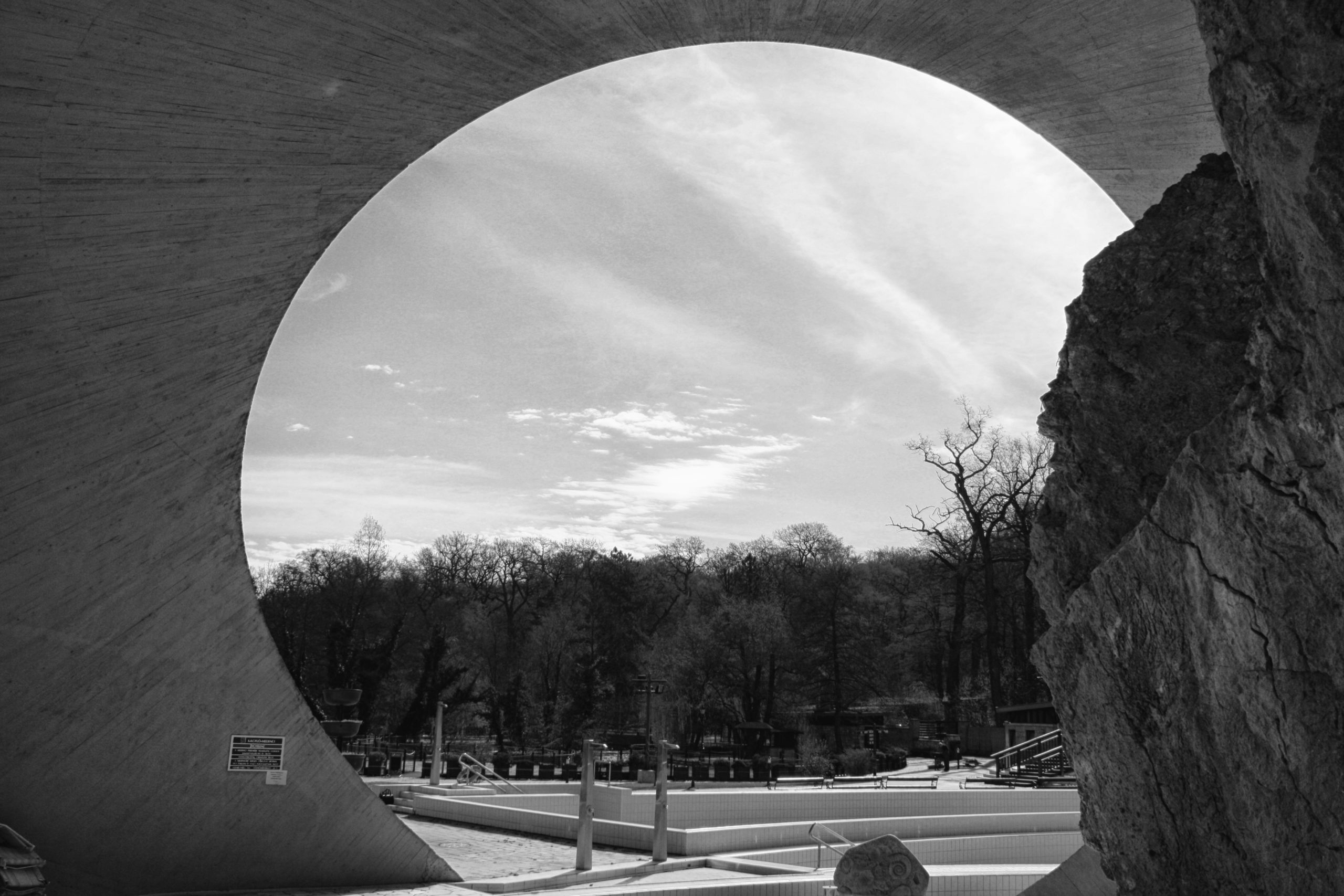
Frozen Modernity
Shell architecture is the perfect manifestation of the classical modernist idea of the symbiotic relationship between form and structure, which had a special significance in the post-war social-political context of Hungary. Due to its complexity, shell building required a pioneering spirit, therefore even though
there are some national characteristics, they are deeply influenced by the work of a couple of outstanding designers, both national and
international. The case studies of selected Hungarian reinforced concrete shells help to identify the key features of the ‘Hungarian School’
(as referred to by Stefan Polónyi). Their comparison to international examples puts them in a broader context: sometimes it is possible to
identify the well-known international precursor of a Hungarian structure, which clearly demonstrates that knowledge transfer was very
much possible, contradicting the myth of the Iron Curtain. On the other hand, the comparison sheds light on the unique skills and – by any
standard – astonishing achievements of Hungarian shell builders.
Within the framework of the project, we collect and catalogue the reinforced concrete shells realized in Hungary. We are looking for possible links between Hungarian and international examples. Our goal is to draw a network of influence, because we believe that this can enrich the analysis of historical structures with interesting aspects. Within the framework of the project, the exhibition of the same name was opened in FUGA in 2016, and it is connected to the Hungarian edition of the travelling exhibition P.L.Nervi- Art and Science of Building, which we implemented together with the Faculty of Civil Engineering.
Other participants: Balint Abraham
Alumni: Réka Mándoki, Veronika Szkiba, Júlia Pokol, Andrea Kövesdi (TA), Regina Tóth (TA), Anna Baldauf, Balázs Fürtön, Bence Hargitai, Flora Horóczi, Éva Michelisz, Krisztián Pescka
Video links:
https://bme.videotorium.hu/hu/search/any/megfagyott%20modern
https://www.youtube.com/watch?v=T4OcJ_IAius